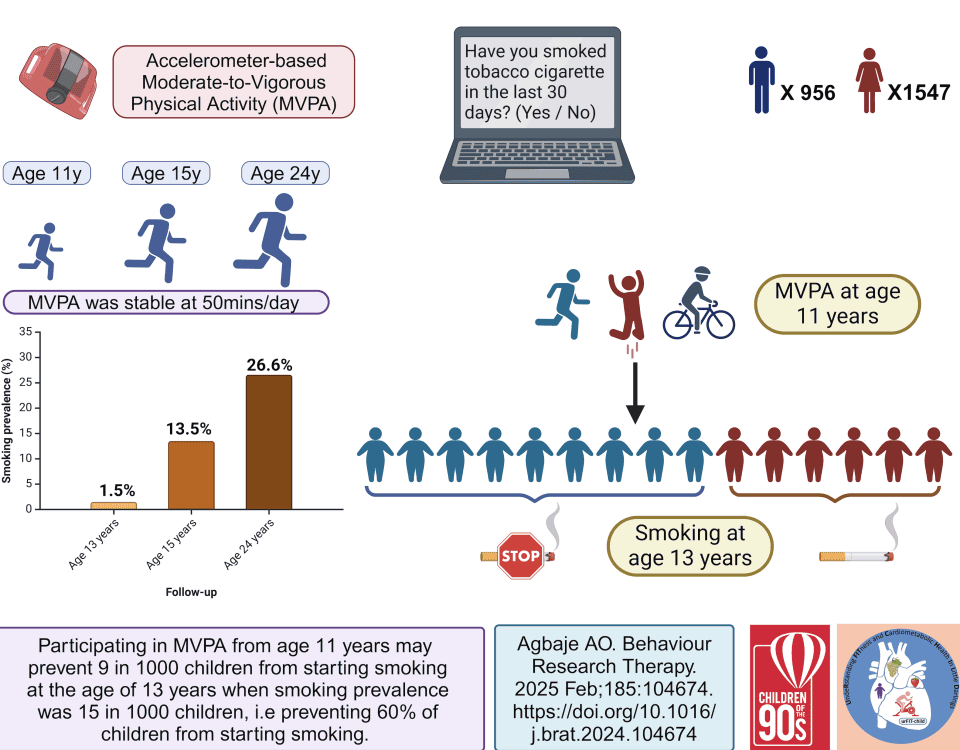
Coping during COVID-19 – keep screen time in check!
August 11, 2020
University students’ knowledge, self-efficacy, outcome expectations and barriers related to reducing sedentary behaviour: A qualitative study
August 27, 2020Today’s post comes from Emi Vargatoth, describing a new study, “Canadian children’s and youth’s adherence to the 24-h movement guidelines during the COVID-19 pandemic: A decision tree analysis”, that was just published in the Journal of Sport and Health Science. The full-text article is available here (open access). More on Emi can be found at the bottom of this post.
‘Stay-at-home’ orders were implemented shortly after the COVID-19 outbreak. While these restrictions were necessary to help slow the spread of infection, they undoubtedly impacted the day-to-day lives of many Canadian children and youth. As the COVID-19 pandemic continues and chances of a second wave occurring remain, identifying characteristics of adherence and non-adherence to the movement behavior recommendations during this pandemic is crucial.
Dr. Michelle Guerrero and authors used a machine learning technique known as decision tree modeling to identify children and youth who were more or less likely to meet the Canadian 24-h guidelines during the COVID-19 outbreak. Roughly 1,500 Canadian parents of children and youth aged 5-17 years were surveyed in April 2020. Parents responded to questions assessing changes in their children’s play and movement behaviours. Results showed that parental perceived capability to restrict children’s screen time best predicted adherence to all movement behaviour recommendations as well as adherence to the screen time recommendation. Results also showed that:
- Children and youth most likely to meet all movement behaviour recommendations included those whose parents reported very high perceived capability to restrict children’s screen time and whose parents reported that their children either maintained or increased time spent walking/biking in their neighbourhood
- Children and youth who were least likely to meet all movement behaviour recommendations during the COVID-19 pandemic were those whose parents had low perceived ability to restrict their children’s screen time and those aged 12-17-years-old.
- Children and youth most likely to meet the physical activity recommendation were those who increased their time spent outdoors since COVID-19 and who were boys.
- Children and youth most likely to meet the screen time recommendation were those whose parents reported high perceived capability to restrict screen time and whose parents were 43 years old.
- Children and youth most likely to meet the sleep recommendation included those whose parents reported a slight increase in their children’s sleep duration since COVID-19 and who came from a household with an annual income $100,000.
Findings from this study suggest that parental perceived capability to support children’s and youth’s healthy movement behaviors, and particularly their perceived capability to restrict screen time, is an important characteristic to determine adherence and non-adherence to the 24-h movement behavior guidelines during the COVID-19 pandemic. The pandemic has created numerous additional stressors and disruptions to individual and family routines. Thus, ensuring parents feel supported and equipped with necessary resources to support their children’s movement behaviours may be an important avenue for interventions aimed at mitigating the negative impact of COVID-19 on children’s and youth’s movement behaviours and overall health and well-being.
About the author of the blog:

Emi Vargatoth is a research assistant at the Children’s Hospital of Eastern Ontario (CHEO) with the Healthy Active Living and Obesity research group (HALO). She is currently pursuing her studies at the University of Ottawa where she will be entering her third year of medical school during the summer of 2020.




